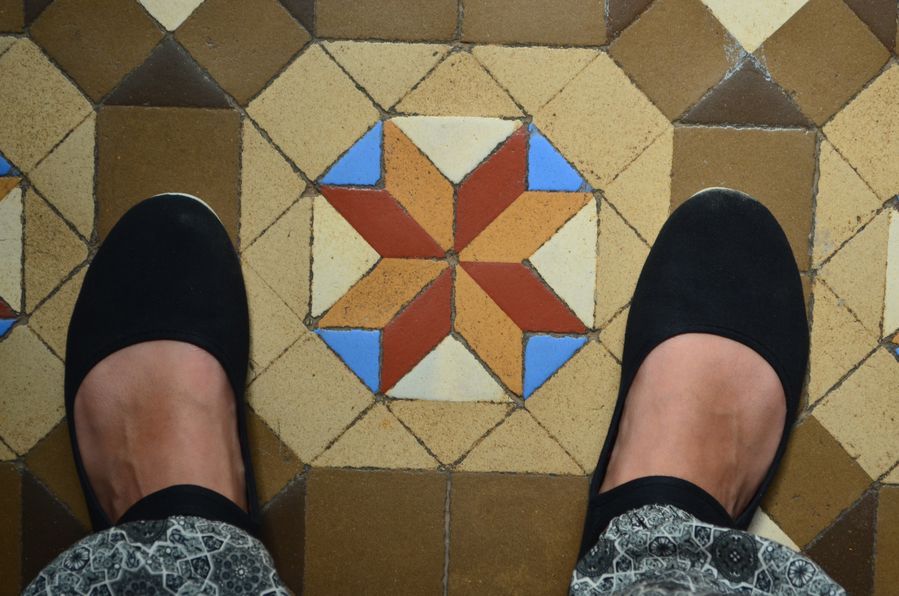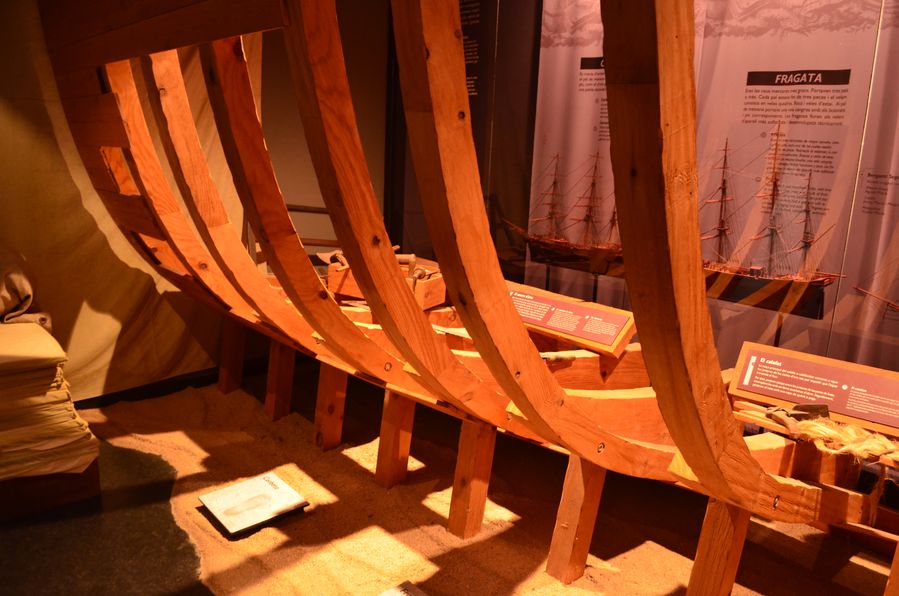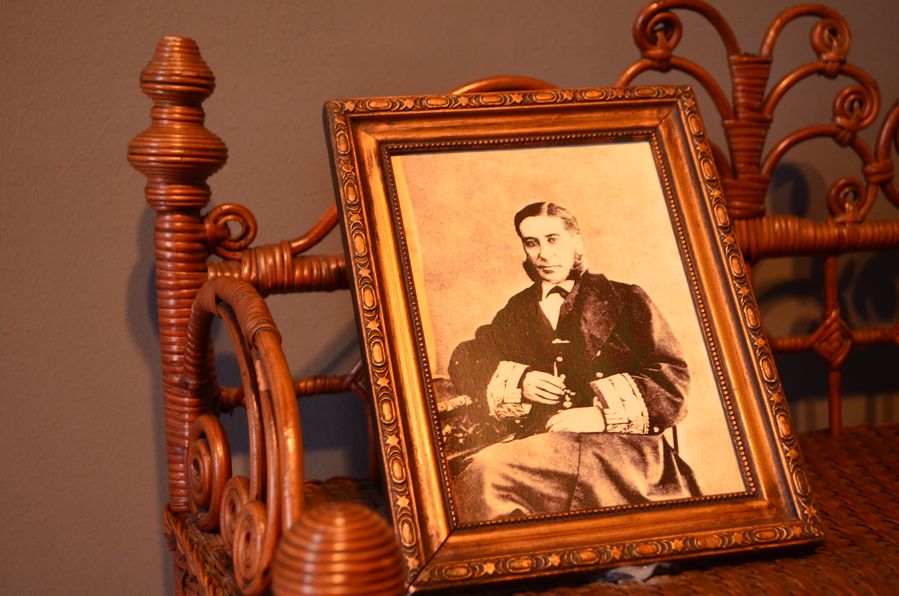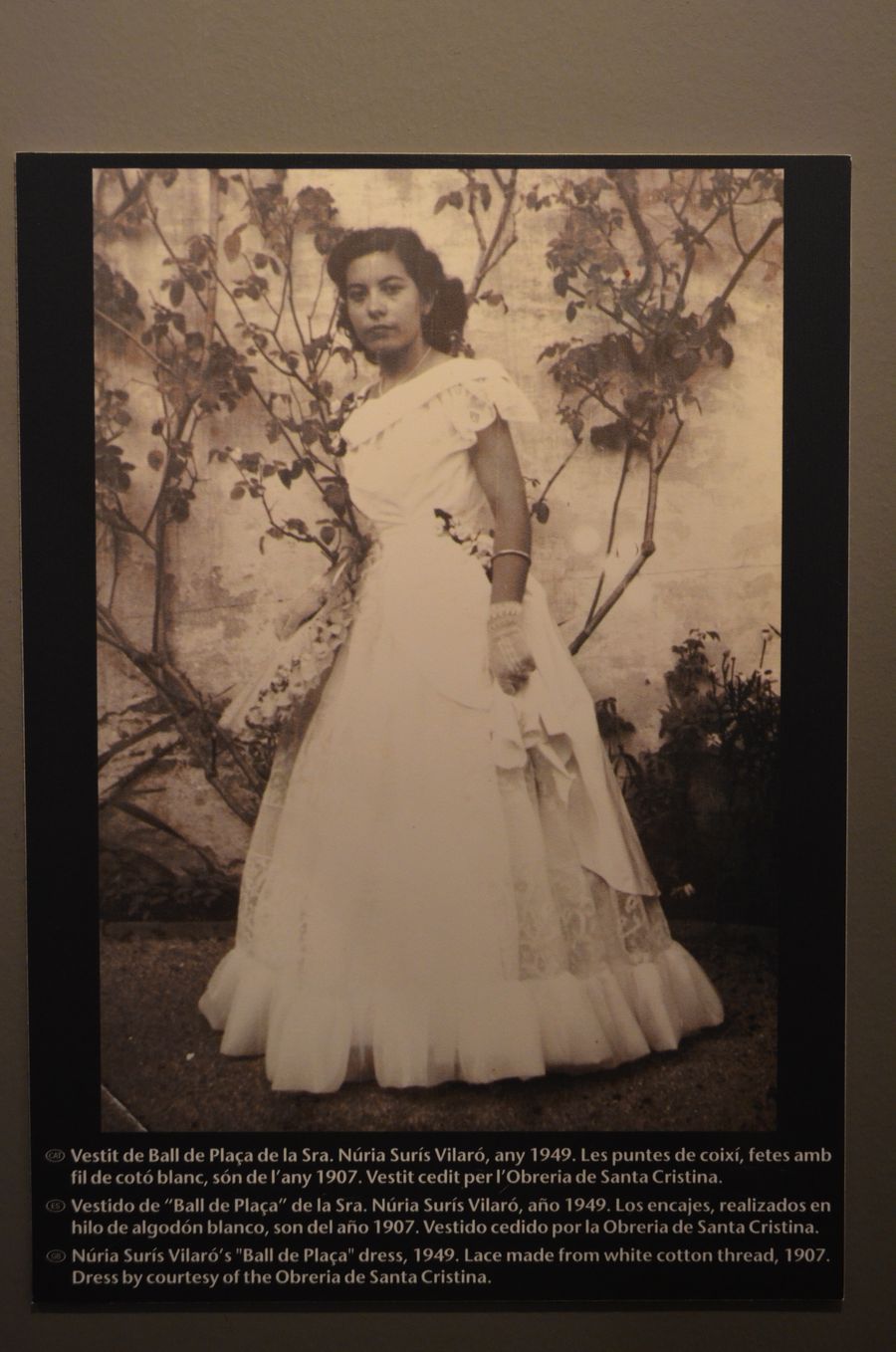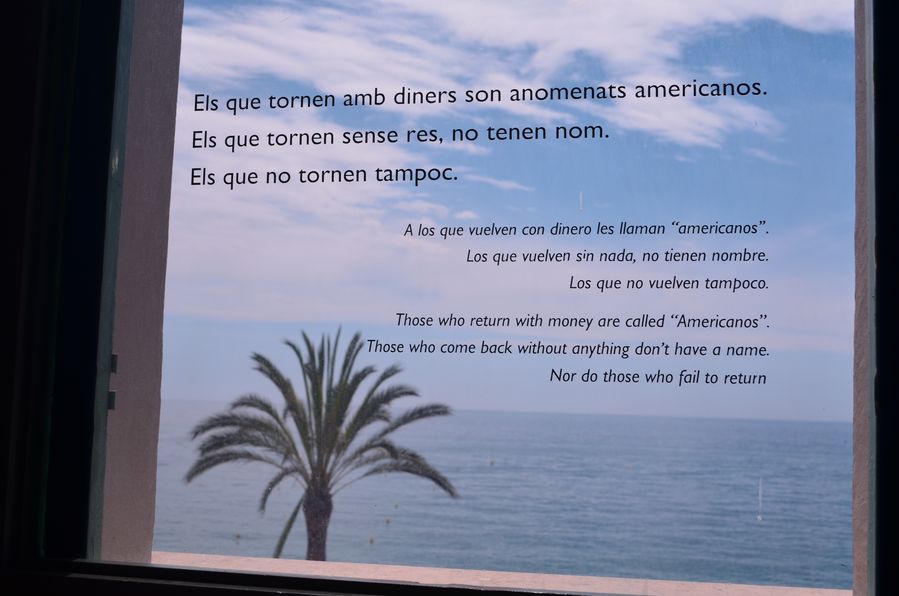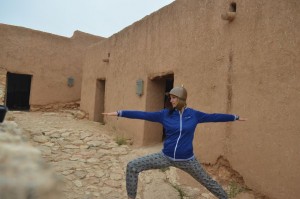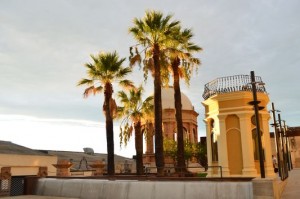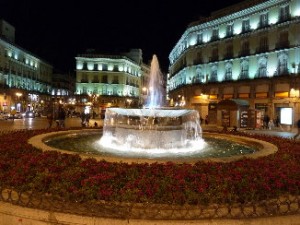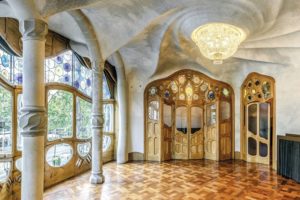Learning about Indianos in the Maritime Museum Lloret de mar
Lloret de mar is one of the most known tourist towns in Spain. It was not until my second visit there when I found out about the so called Indianos who played a special role in the history of Lloret.
The Indianos, also called Americanos, was a group of Spanish people who left to Cuba when they were around 12 or 13 years old which took them around three months on a boat. Then they spent years working there in a shop from 6 am until 11 pm.
Once they were around 20 or 25 years old, they opened their own business and asked people from Lloret de mar to come and help them so the same story began again. Some then invested money in sugar exportation, cacao or rum and made huge fortunes out of it. The richest ones of them returned to Lloret de mar.
The Maritime Museum – Museu del Mar
All the houses along the Lloret beach used to be indiano houses but only two of them remained. The first one is the Maritime Museum and in the second another museum will be opened in the future.
The house that is now the seat of the Maritime Museum, was built in 1871 by an Indiano called Garriga who opened a construction factory in Cuba selling stones and bricks. He came back to Lloret de mar, destroyed the old house and built new one we can see nowadays. Once Mr. Garriga died, his wife bought the house next to it and connected them.
The original part of the house is only the floor made of blue, brown and golden tiles. Many things in the house were built of mahogany and they painted the landscapes of Cuba as they missed it.
The house patio was full of palm trees and they were really expensive so according to that we could guess the owners’ fortune.
The main door here was looking out to the town hall of Lloret and never to the sea. In the past, they were leaving rubbish on the sea shore so also because of that reason the main entrance was always facing to the side to the main street and not to the sea.
The servants lived on the upper floor while the owners on the first floor were the air was more fresh.
When we visited the Maritime Museum in Lloret de mar in April 2015, Javier Macia had a temporary exhibition there with ships. Also the churches in the area are full of ship models made by traveling fishermen who were praying to Gods to survive storms on the sea and come back home in one piece.
You can a see a short movie in the museum about a life of a man representing the house owner who left to Cuba and then came back to his home town.
“We have to go back to Lloret because they need us there.” says one sign in the museum.
In 1778 all ports could do trades with America.
From 1830 to 1860 more than 100 ships were built in Lloret de mar to go to Cuba. People were needed to work on the ships so the population was growing in Lloret very fast. The construction used to take 9 months like pregnancy and then they had a party in Barcelona to celebrate it. Is it when the Barcelona became a party town? I’m wondering … :)
The ship crew had written in the contracts what they were going to eat and drink, where to stop, what to do in a storm or if captain lost his money etc.
On the way they collected slaves in Africa (e.g. in Guinea) to make them work in the ship bodega cellar. The slaves could only eat dry meat. With just one slave they could get more money than with all the production that was on the ship to sell. Unfortunately, as you can see, there was already black money at that moment.
Very few people came back to Lloret de mar as rich Indianos.
Maybe out of 300 who left, 20 came back. Some Indianos are still living in Cuba and looking for their families back in Catalonia.
The ship contracts say the numbers and names of people who left and came back, that’s how we know now.
There’s a famous white dress in the Maritime Museum Lloret de mar. Similar dresses are used now by female dancers on the 24th July to celebrate Santa Cristina. The day is named after Santa Cristina factory where the dress was tilored. She was angry that someone from a different religion (a Moorish guy) fell in love with her so she broke a glass full of perfume he gave her. Now the tradition is to break glass against stones. If it breaks, you will marry within one year, if not, you will never marry.
For more information, visit Lloret de mar tourism website.
